Promoting physical activity for an active healthy life in children
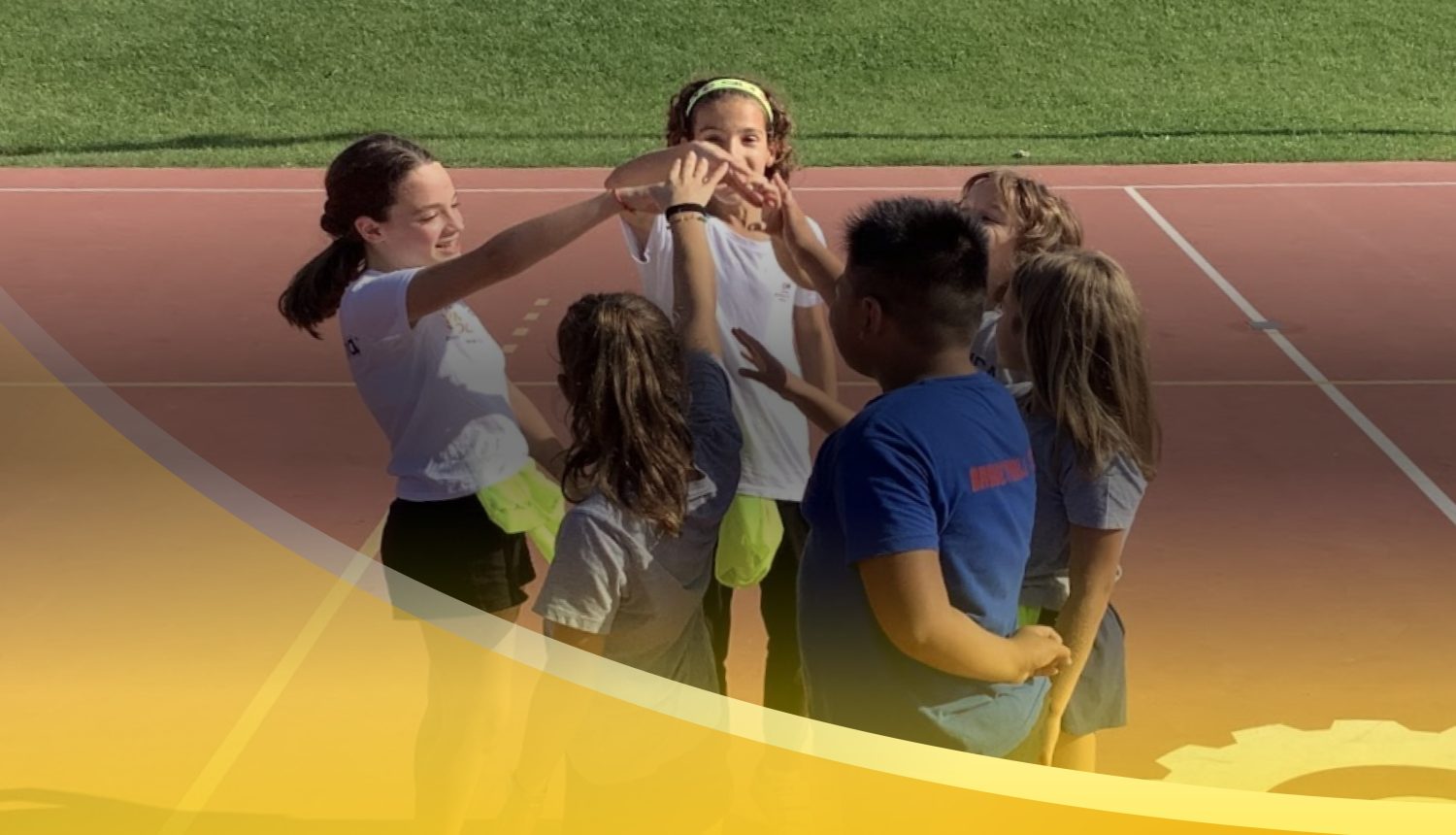
Childhood is a crucial period for laying the foundation of lifelong habits, including those related to fitness and health. In today’s increasingly sedentary world, where screens dominate leisure time and junk food is readily available, promoting physical activity and healthy habits among children is more important than ever. One effective approach to instilling these habits is through engaging and enjoyable games and activities, and here Physical Education plays an important role.
The significance of promoting fitness and healthy habits in children cannot be overstated. Regular physical activity is essential for maintaining overall health and well-being, especially during the formative years of childhood. It helps in the development of strong bones and muscles, improves cardiovascular health, enhances mood and mental well-being, and reduces the risk of obesity and chronic diseases later in life. Additionally, instilling healthy habits early on sets the stage for a lifetime of positive choices, leading to better long-term health outcomes.
Promoting fitness and healthy habits in children also contributes to their academic success. Research has shown a positive correlation between physical activity and cognitive function. Exercise stimulates the brain, improves concentration, enhances memory, and promotes better academic performance. By incorporating physical activity into their daily routine, children are not only improving their physical health but also boosting their cognitive abilities, ultimately supporting their overall development and academic achievement.
Fun games and activities serve as powerful tools for promoting fitness and healthy habits in children. Unlike traditional forms of exercise, which may feel tedious or intimidating to young ones, games make physical activity enjoyable and engaging. Whether it’s playing tag, jumping rope, or participating in team sports as we do in our Physical Education lessons, these activities captivate children’s interest and motivate them to move and play.
Moreover, fun games promote social interaction and teamwork among children. By engaging in group activities, they learn important social skills such as communication, cooperation, and sportsmanship. These games create opportunities for children to make friends, build relationships, and develop a sense of belonging within their peer group, fostering positive social development alongside physical health. Incorporating educational elements into fun games can further enhance their benefits. By combining physical activity with education, these games promote holistic development and equip children with essential life skills.
Despite the numerous benefits of physical activity, studies indicate that many children are not meeting the recommended guidelines for exercise. According to the World Health Organization (WHO), globally, 81% of adolescents aged 11–17 years are insufficiently physically active. In many developed countries, sedentary behaviours such as excessive screen time and lack of outdoor play have become commonplace, contributing to a decline in children’s activity levels.
The prevalence of sedentary lifestyles among children is concerning due to its association with various health risks, including obesity, diabetes, and cardiovascular diseases as mentioned before. Factors such as increased screen time, reduced access to safe outdoor spaces, and academic pressures contribute to this trend. Addressing these challenges requires concerted efforts from parents, educators and communities to create environments that support and encourage physical activity among children.
Promoting fitness and healthy habits in children through fun games is not only beneficial but also essential for their overall development and well-being. By making physical activity enjoyable and engaging, we can instil lifelong habits that promote good health, academic success, and social skills. However, addressing the current decline in children’s activity levels requires a collective commitment to creating environments that prioritise and support active lifestyles. Through collaborative efforts, we can ensure that every child has the opportunity to thrive physically, mentally, and socially.
Together, it’s possible!






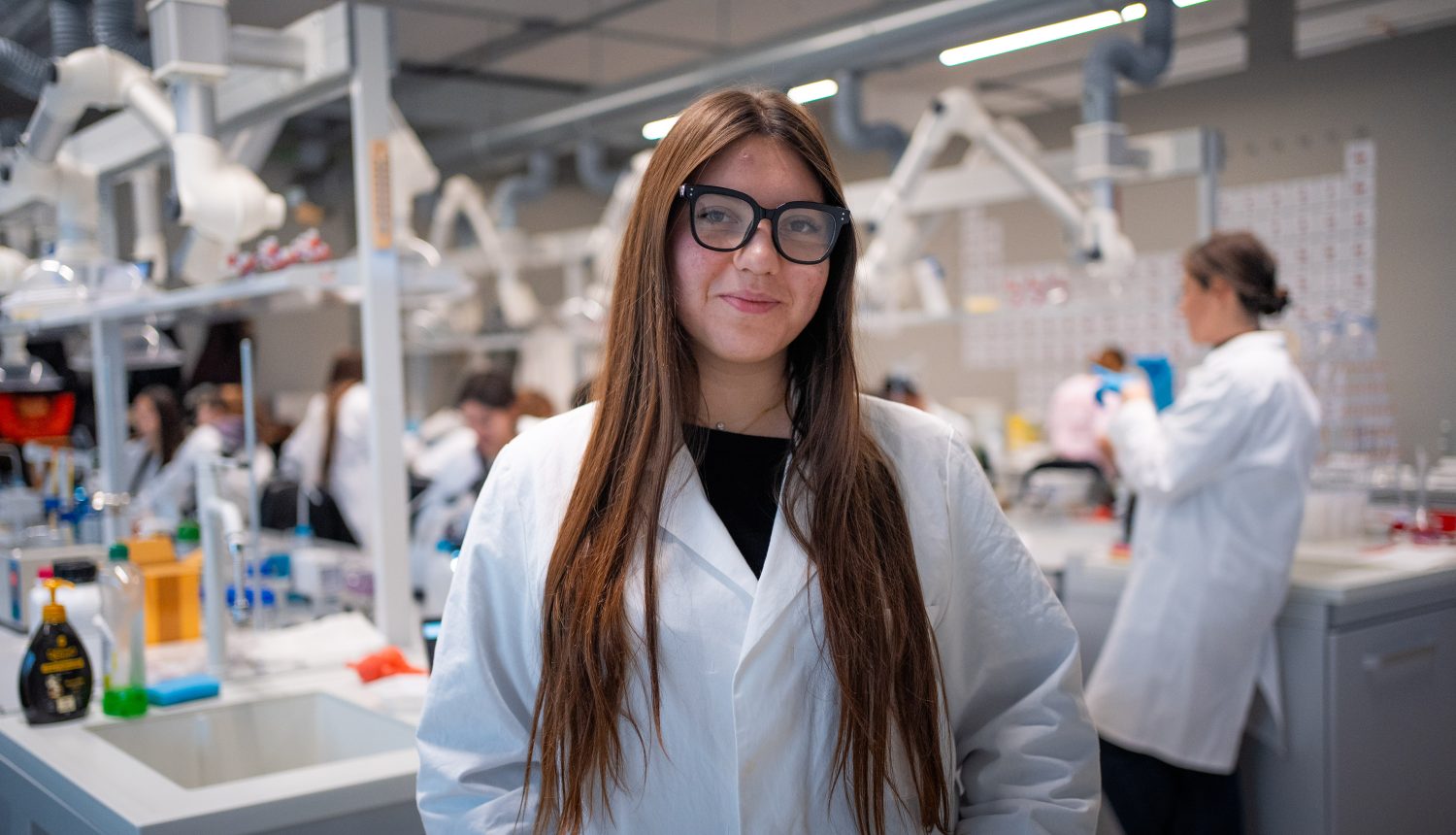

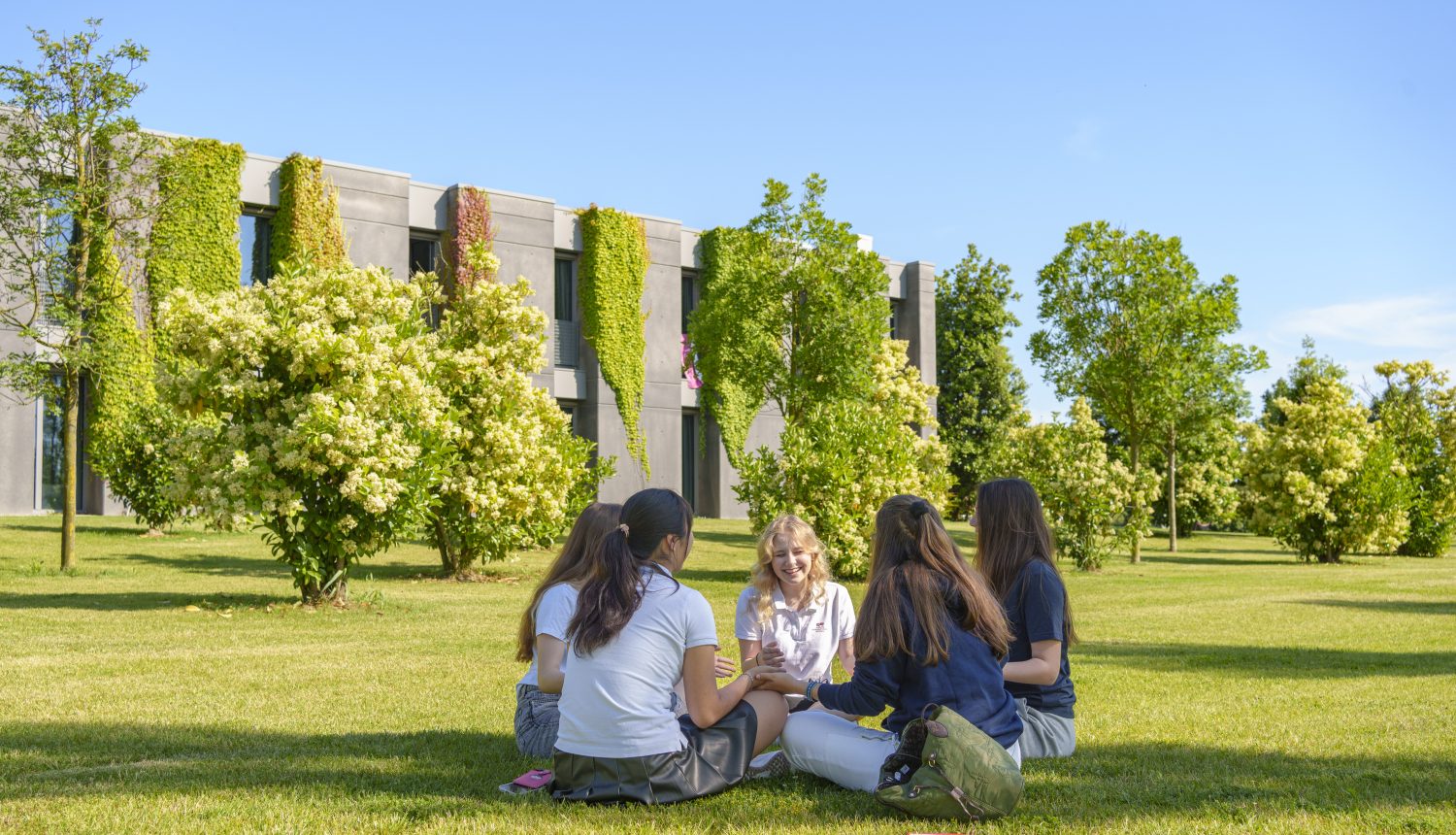
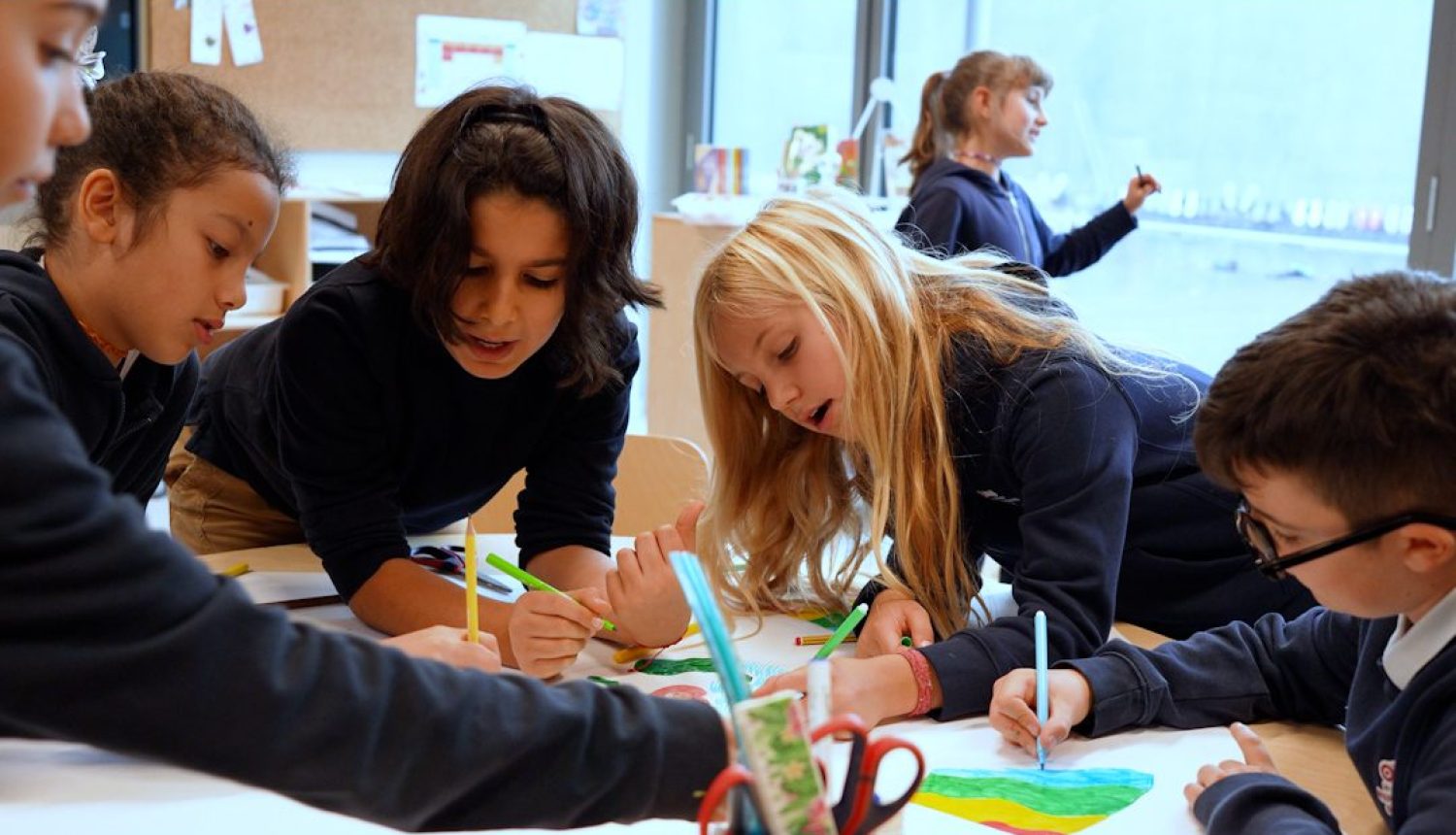
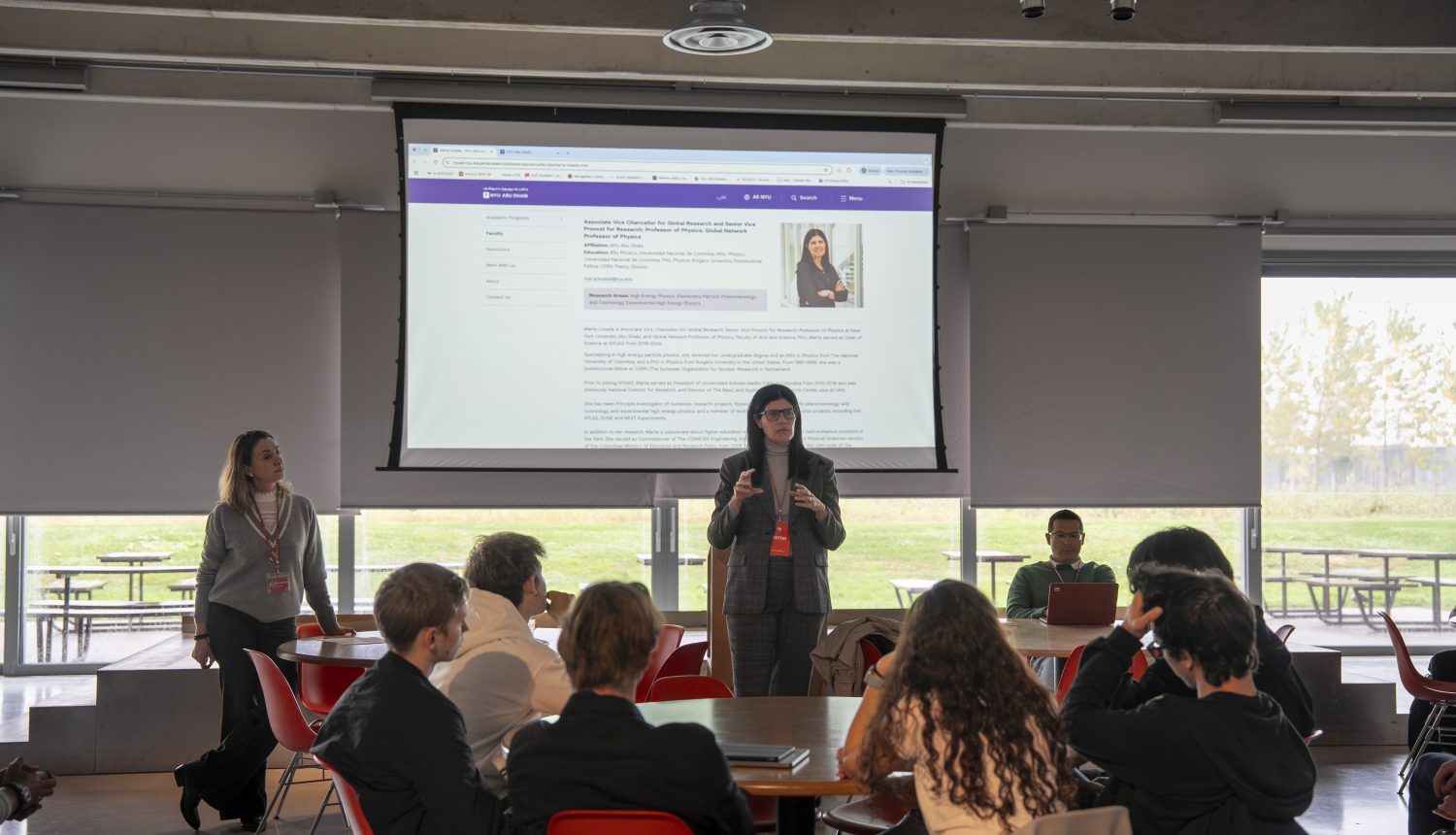



 Back
Back
